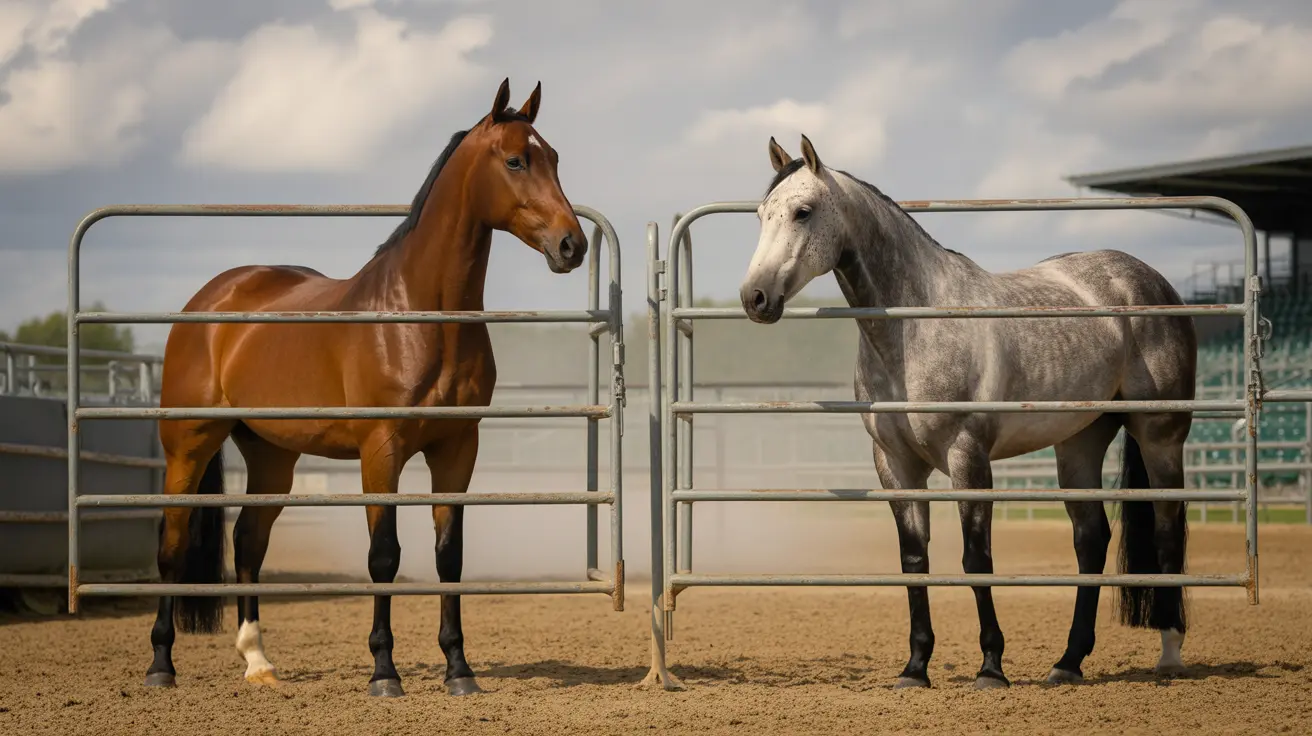Understanding Horse Escape Incidents
When horses break free from their designated areas, it creates immediate safety concerns for both the animals and the community. Roads become hazardous for drivers, and loose horses face risks from traffic, unfamiliar terrain, and potential injuries from panicking in new environments.
The Montrose County case highlights how quickly trained professionals can respond to such situations. Local authorities have specialized knowledge and equipment necessary to safely capture escaped animals without causing additional stress or harm.
Safe Horse Fencing Options for Prevention
Preventing escapes starts with choosing appropriate fencing materials and maintaining them properly. Post-and-rail equestrian fence systems remain popular choices for their visibility and strength, while no-climb horse fencing offers excellent security by preventing horses from getting hooves or legs caught in openings.
Regular fence inspections should focus on:
- Checking for loose boards or broken wire sections
- Ensuring gate latches function properly and close securely
- Looking for signs of wear at corners and high-traffic areas
- Maintaining proper fence height (typically 4.5 to 5 feet for horses)
Horse Owner Responsibilities and Legal Considerations
Colorado animal welfare laws Colorado hold horse owners accountable for properly containing and caring for their animals. Beyond basic containment, owners must provide adequate food, water, shelter, and veterinary care.
Horse neglect signs that authorities and neighbors should watch for include malnutrition, untreated wounds, overgrown hooves, and poor living conditions. Early intervention through proper reporting channels can prevent situations from escalating to serious cruelty charges.
Equine Neglect Recovery and Rehabilitation
When authorities do encounter neglected horses, the path to recovery requires specialized care. Equine neglect recovery typically involves immediate veterinary assessment, nutritional rehabilitation, and gradual socialization. Organizations like Colorado horse rescue centers play vital roles in providing this intensive care.
The humane horse rehabilitation cost can be substantial, often reaching $3,500 per horse for comprehensive medical treatment, proper nutrition, and behavioral support. These expenses underscore why prevention through proper care and containment remains the best approach.
Community Response and Safety Measures
The successful capture of the escaped horses in Montrose County demonstrates the importance of having established protocols for such incidents. When community members spot loose livestock, contacting local animal control or sheriff's offices immediately ensures trained professionals can respond appropriately.
Attempting to catch loose horses without proper training can escalate dangerous situations. Horses may panic when cornered by unfamiliar people, potentially causing injuries to both animals and well-meaning citizens.
Frequently Asked Questions
How can I prevent horses from escaping their fencing on my property?
Maintaining secure, well-built fencing such as post-and-rail or no-climb wire fencing, routinely inspecting for damage, and ensuring gates are properly latched are key steps to prevent horse escapes.
What should I do if I find escaped horses loose on my property or nearby roads?
Contact local animal control or sheriff's office immediately; do not chase or corner the horses yourself as they may panic. Authorities have the training and equipment to safely capture and return them.
What are the signs of horse neglect that neighbors or owners should watch for?
Signs include malnutrition, untreated injuries (abscesses, infections), overgrown hooves, poor coat condition, and visible suffering. Early reports to authorities help prevent severe cruelty cases.
How much does it typically cost to rehabilitate a neglected horse after a rescue?
Rehabilitation at equine centers can cost around $3,500 per horse for medical care, nutrition, and gradual socialization during the recovery process.
What legal consequences can horse owners face for neglect or cruelty in Colorado?
Owners can be charged with misdemeanors or upgraded felony charges, especially repeat offenders; penalties may involve fines, prison time, bans on ownership, and confiscation of animals.
Moving Forward
The quick resolution of Monday's horse escape incident in Montrose County reflects well on both the community's response system and the professionalism of local authorities. For horse owners throughout Colorado, this serves as a valuable reminder to regularly assess their fencing integrity and emergency preparedness.
By maintaining secure enclosures, understanding legal responsibilities, and knowing proper emergency protocols, horse owners can help ensure their animals remain safe while contributing to overall community safety. The partnership between responsible ownership and effective law enforcement creates the best outcomes for both horses and humans alike.





